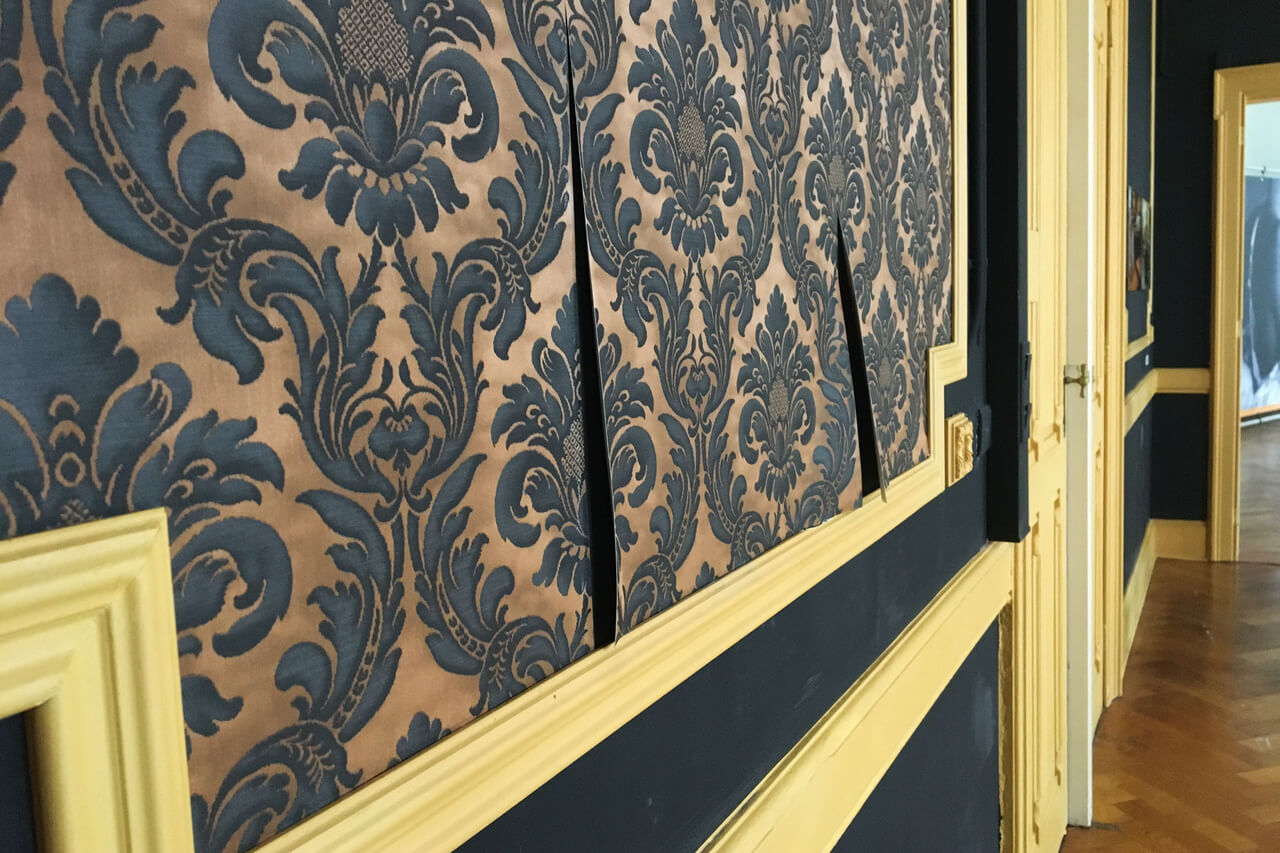There are two options when it comes to decorating your walls, hiring the services of a professional painter or choosing wallpaper. Before browsing through the zillions of wallpaper alternatives available and certainly, before falling in love with a pattern make sure wallpaper is the best choice for the area in question. (There's no use in spending money on a cheeky blowfish print only to discover that the space isn't appropriate for papering.)
When it comes to the design of the paper, it may seem that the most important factor should be distinguishing like from love, but there are also the practicalities of the space and the qualities of the wallpaper to consider (the fun stuff!).
Here, we'll discuss some important factors that you should keep in mind for choosing the right wallpaper for your home.
The Layout of the Room
Papering will be tough if your room is shaped like a conehead on the inside. It is more a matter of gaps in the floor layout than of form alone. If a room has a lot of doors or windows or huge works of art that take up a lot of visible wall space, there won't be enough area for wallpaper to produce the desired impression. In other words, is it worth the wallpaper planning headache if you're only going to see a sliver or two of exposed design?
Total Size of Walls Being Covered
Simply said, the bigger the room and the more exposed wall space, the more costly your project will be both in terms of purchasing enough paper and keeping an installer on the clock to complete the work. Do you want to spend the money on elegant sheets and wallpaper the little doorway instead of papering the main room? (For the record, we believe both options are viable.) Furthermore, it can help you to understand whether you can afford it or not.
Scale of the Pattern
When you've determined that it's worth your time and money to cover the wall, think about the design of the paper. If you intend to leave significant sections of the wall exposed, a large-scale design will read much more clearly; otherwise, a little allover pattern (or paint!) may be a better alternative.
Environment
Like paint, some wallpapers may emit VOC chemicals that harm the environment. Before purchasing any wallpaper, you need to check for the wallpaper's eco-friendliness. Don't take any decision based on your fondness towards a particular pattern. If it doesn't fit the eco-friendly checklist, then select another one which does.
The Condition of Your Walls
One of the advantages of using wallpaper is that it can help cover up imperfections on your walls. If your walls have minor cracks or blemishes, you can use wallpaper to hide them. Before you install wallpaper, it's essential to prepare your walls by filling in any holes or cracks, smoothing out rough surfaces, and sanding any bumps. Wallpaper can also help to insulate your walls and make your home more energy-efficient.
Durability
You won't have to worry about retouching after they're hung, as you would if you went the
painting route. Wallpaper does not crack or chip; therefore, touch-ups are not needed after up to 15 years. You should avoid installing in regions with high humidity to prolong the service life. It is better suited to lower moisture settings. If you want to put it in your bathroom or
kitchen, seek wallpapers with a more relevant description since certain materials are better suited to wetness.
Furnishings
It's important to consider your furnishings when choosing wallpaper. The wallpaper looks best in a room full of solid colour furnishings. If you have a lot of patterned furniture or accessories, it can clash with the wallpaper and make the room feel overwhelming. If you're unsure of what colour or pattern to choose, you can always consult an interior designer to help you make the right choice.
Choosing the right wallpaper in your home is a big decision that requires careful consideration. It's essential to consider all the factors mentioned above. By considering these factors, you can ensure that your wallpaper installation is a success and your room looks stylish and inviting.








